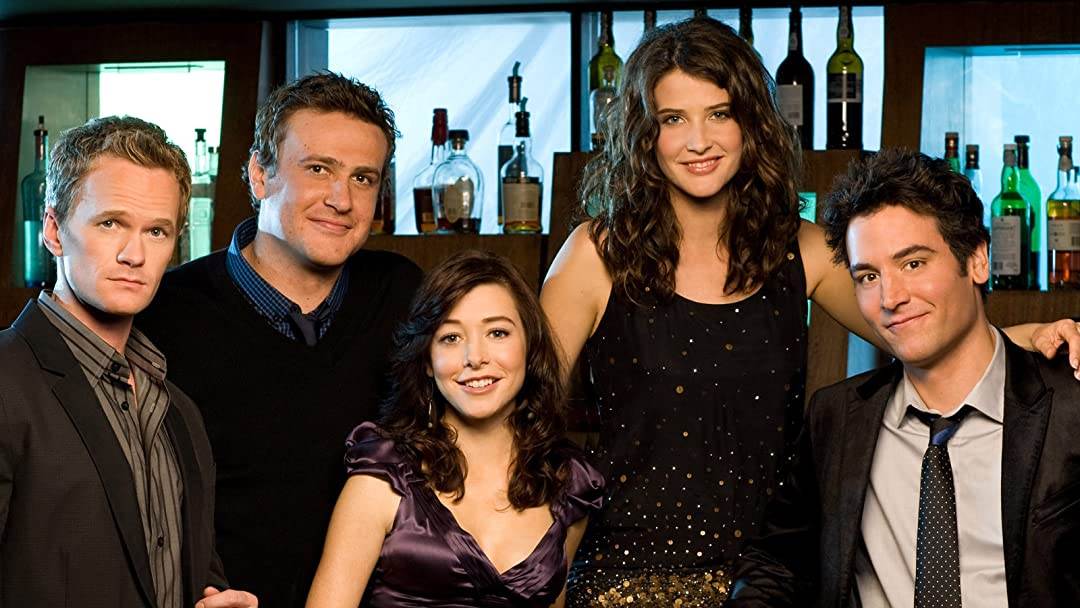Absurdity and familiarity in sitcoms
I have watched my fair share of sitcoms - I mean for a person my age. For a person born in the eighties or earlier, I suppose it would be a lot easier to watch large amounts of sitcoms, as sitcoms used to be something that were aired on TV fairly regularly, thus well integrated into everyday life. Not anymore, no. These days people are no longer waiting in front of their TVs for their favourite show to start (do people still even talk about their favourite “TV shows”?). Even for people that still watch quite a lot TV series/movies, sitcoms is no longer a popular go-to genre these days.
How sitcoms gradually lost their popuarlity and faded into the “out-dated” background is a discussion for another day. One does notice, however, that throughout the years, some successful sitcoms have seen calls for reunion, sequels or rebranding; and some of these proposals have actually been realized. To name a few, Friends: The Reunion (2021), a reunion special of perhaps the most successful sitcom of all time, was produced 17 years after the last episode had been aired, not to mention the Joey (2004-2006) show that followed directly. The prequel to The Big Bang Theory (2007-2019), Young Sheldon (2017-) started even before the original show ended. And just last year, the streaming platform Hulu launched How I Met Your Father (2022-), a rebranding of the show How I Met Your Mother (2005-2014) which ended eight years ago.
Granted, not all these attempts for resurrecting the old sitcoms are successful. How I Met Your Father, for instance, seems to have already gained an ill name, one year after its launch. Nevertheless, these attempts at least show that there is certain nostalgia in the viewership of certain sitcoms that can be leveraged, or further exploited. In constrast, some equally (if not more) critically-acclaimed and popular sitcoms never seem to have received similar attention. For instance, no one seems to be willing to bring Bean (1997) back on the TV screen. There are several movies under the Johnny English franchise, which share quite some similarities with Bean, but do not count towards this. Nor does it seem in anyone’s need to bring back The IT Crowd (2006-2013).

What caused the difference? One might argue that it is more challenging to produce sequels to Bean or The IT crowd. This argument is reasonable in that Rowan Atkinson is an irreplaceable actor, and he is now slightly old to shoot a new series like that. However, the humor in Bean and The IT crowd is actually more time-invariant. In fact, resurrecting Mr. Bean might be more feasible in the sense that the show simply intended to potrait a silly and clumsy man, and so these jokes do not really go out of date or require modern modification. On the other hand, jokes in How I Met Your Mother may already been seen as stereotypical or sexually offensive, or “offensive” in general in the modern context (given that the series only ended less than 10 years ago, it is remarkable how rapidly people’s perception of offensiveness changed in the past decade). Therefore, the willingness of the audience to see a spin-off of Friends instead of Beans seems to indicate difference in style between these shows that attracts their respective audience, which I attribute to their relative amount of absurdity and familiarity.
Absurdity is an essential ingredient in virtually all successful sitcoms. Indeed, all sitcoms must resort to violation of familiar responses and behaviours in order to create humor. The extent of such absurdity, however, may vary on a broad spectrum, which I call the absurdity-familiarity spectrum. Sitcoms that cluster near the familiar endmember creates ticklish jokes from slight or mild violation of everyday scenes. Sitcoms clustering near the absurd endmember, on the other hand, more significantly alienate the characters from the regular life the audience are familiar with.
Let us take a step back, and look at the big picture of all these sitcoms. On one side, you have a warmhouse flower who, after running away from the wedding, joined her five friends, and over the years learned to gained independence, while witnessing three marriages between them (Friends); a romantic guy on his nine-year-long pursuit of love and happiness, accompanied by his friends (How I Met Your Mother); and a bunch of nerds who, after an attractive waitress entered their lives, slowly became less and less socially awkward, and somehow ended up in happy marriages (and with a Nobel price) (The Big Bang Theory). On the other side, you have a clumsy man doing awkward things every day (Bean), and a woman joining the IT department and having strange adventures with her colleagues (The IT Crowd).
Do you see the difference? While in the former category, the characters are like realistic human beings, living their lives and growing, with all kinds of time scales all present, the characters in the latter category seems to living the same day over and over again. No, I am not talking about Groundhog day; people still do different things every day. Today, Mr. Bean goes swimming, and Jen serves as an italian interpreter. The next day, Mr. Bean goes to take an exam, and Moss enters a spelling competition. Different things still happen, and every day is a different story. But on a larger time scale, nothing ever happens. Nobody gets born, nobody falls in love, nothing changes in people’s relationships (apart from a thrilling one-night stand for Jen and Roy, which also sees no consequence whatsoever in later episodes), nobody gets married, and nobody dies (nobody relevant to the story anyway). Characters in these sitcoms live a surreal life where nothing develops on a long time scale, and experience the same routine day-in, day-out.